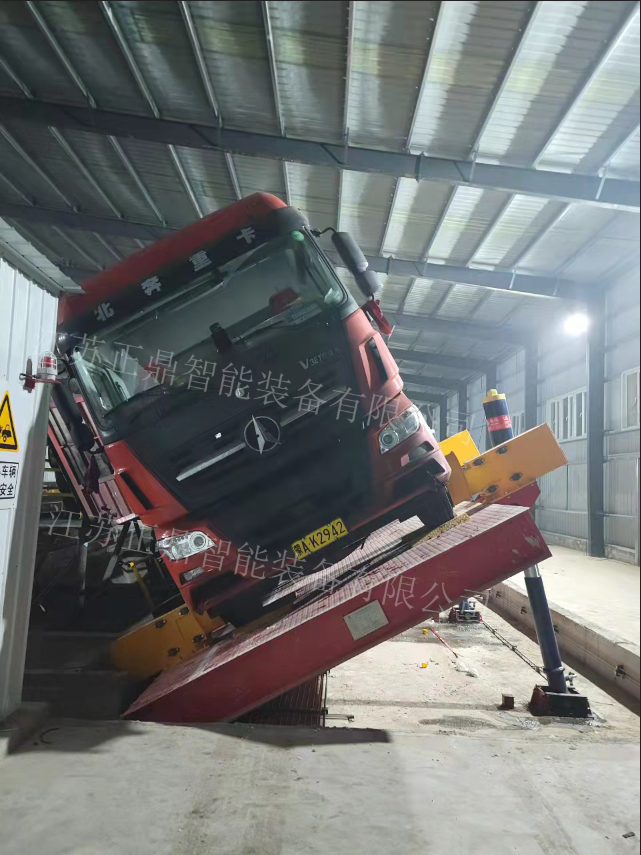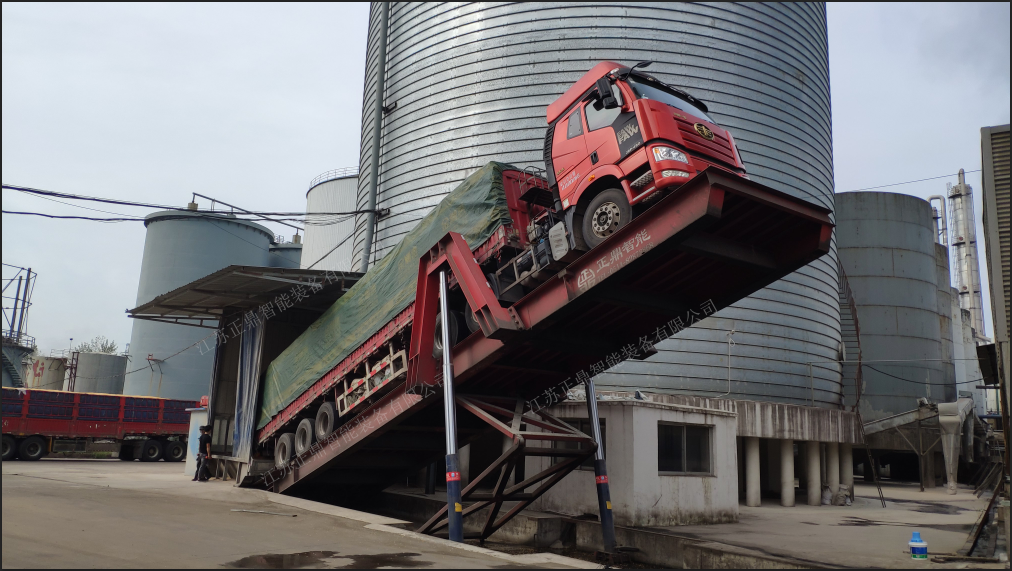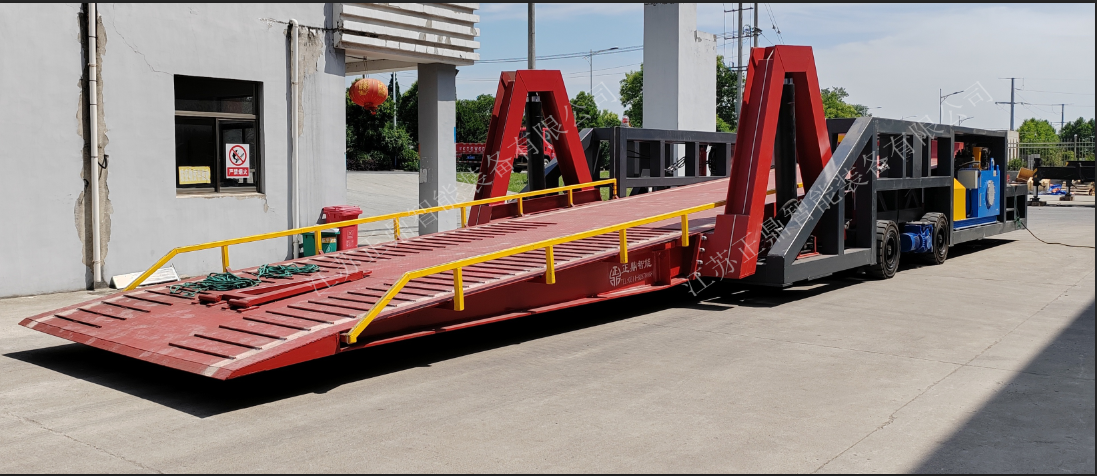truck loading unloading
Truck loading and unloading systems represent a crucial component in modern logistics and warehousing operations. These systems encompass a range of equipment and technologies designed to efficiently transfer cargo between trucks and storage facilities. The process typically involves automated or semi-automated platforms, conveyor systems, dock levelers, and hydraulic lift gates that work in harmony to ensure smooth material handling. Advanced loading and unloading systems often incorporate smart sensors and control systems that optimize the process while maintaining safety standards. These systems can handle various cargo types, from palletized goods to loose materials, adapting to different truck sizes and dock configurations. The technology behind modern truck loading and unloading systems includes precision hydraulics, automated guidance systems, and ergonomic design features that minimize physical strain on workers. Many systems now feature integrated management software that tracks loading schedules, monitors equipment status, and provides real-time operation data. This comprehensive approach to cargo handling has revolutionized logistics operations, significantly reducing loading times and improving overall supply chain efficiency.


